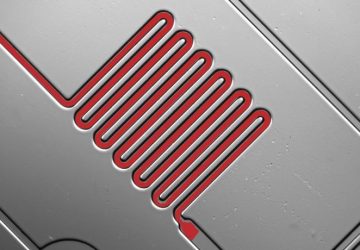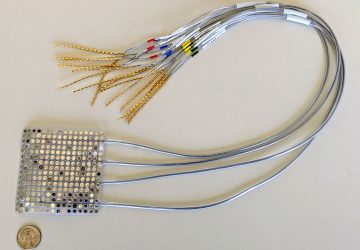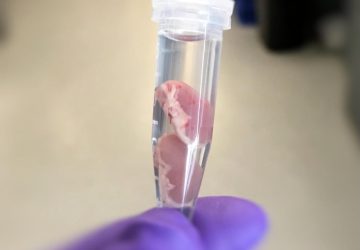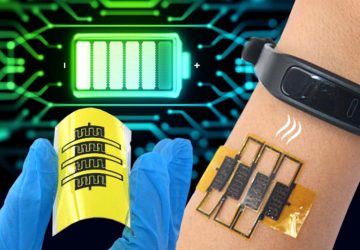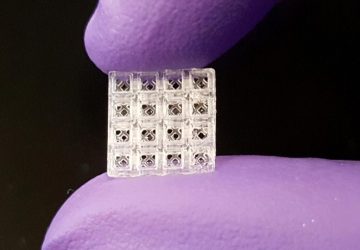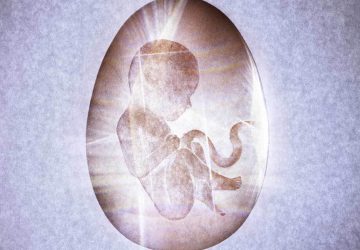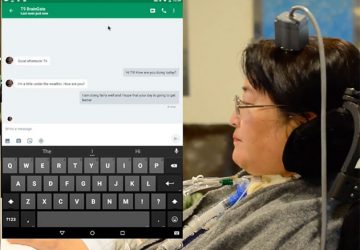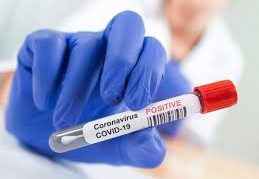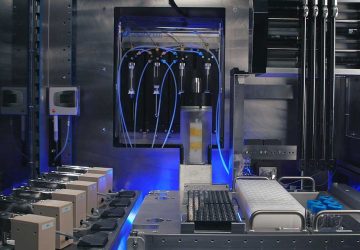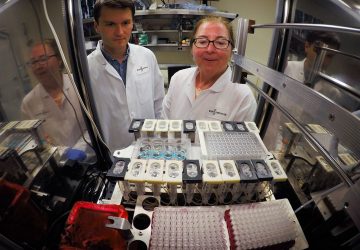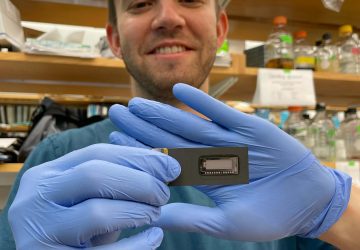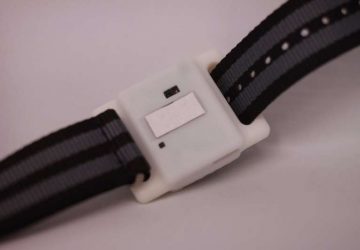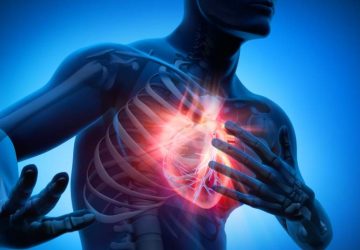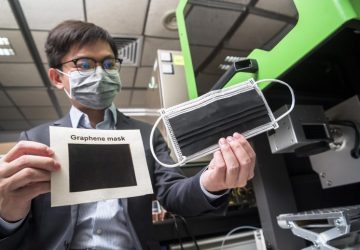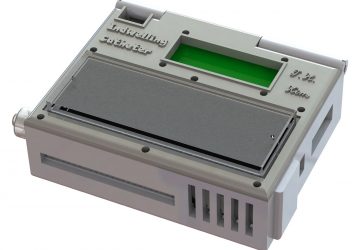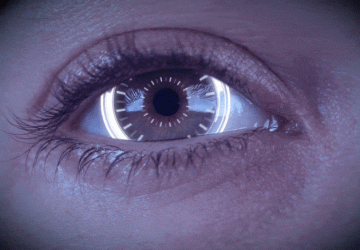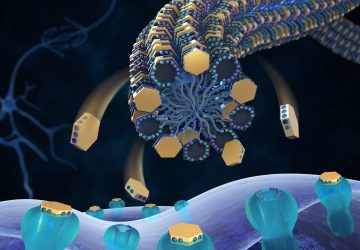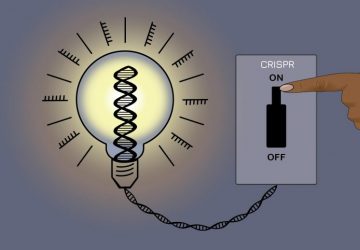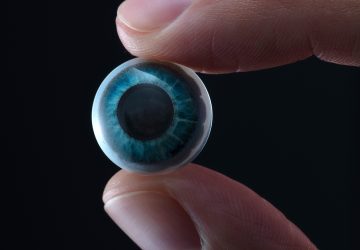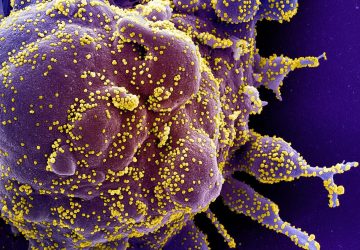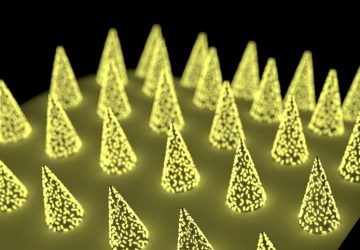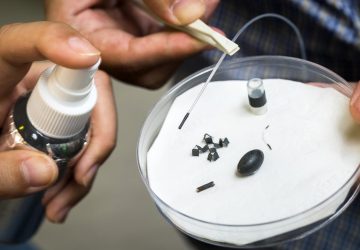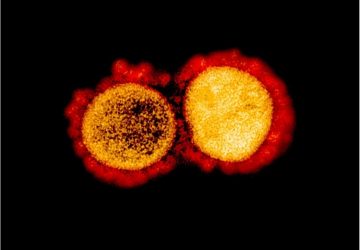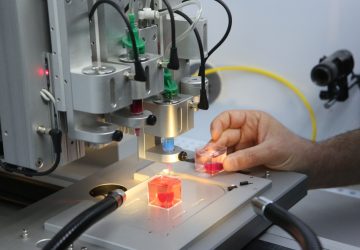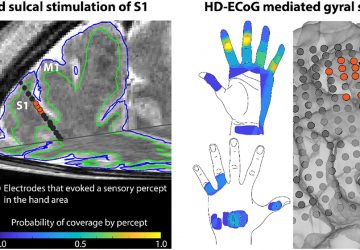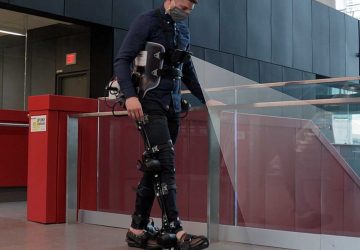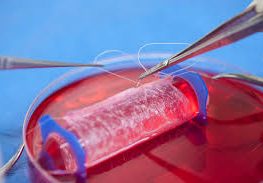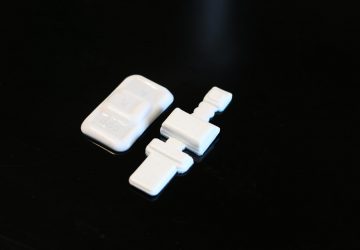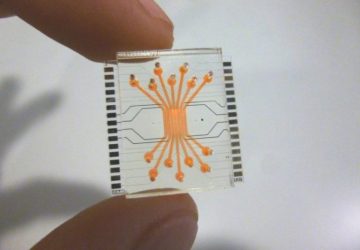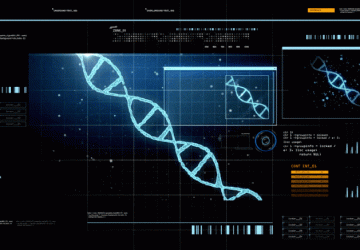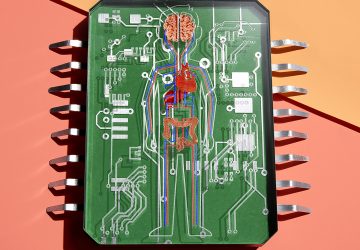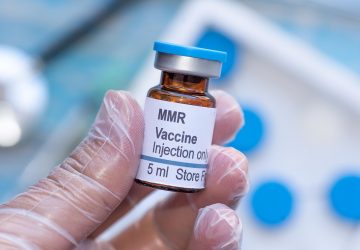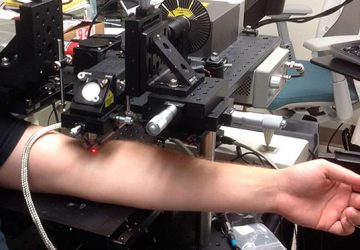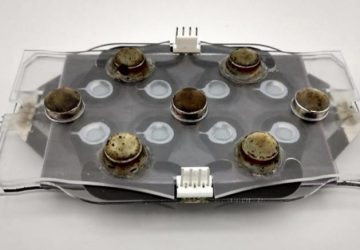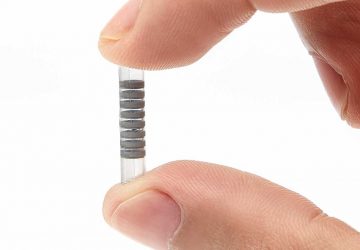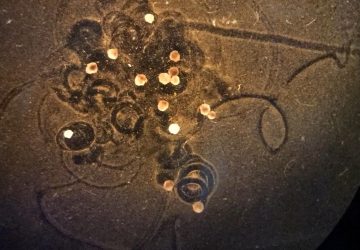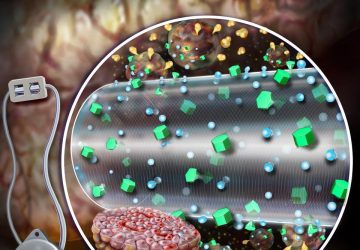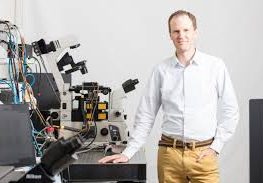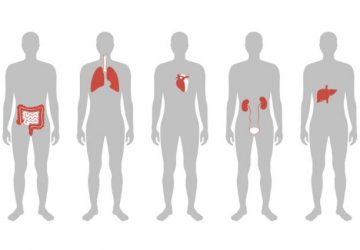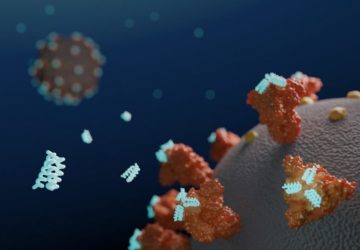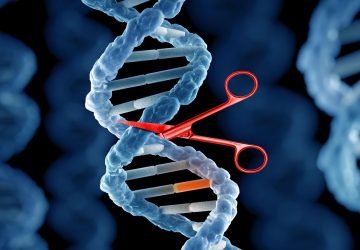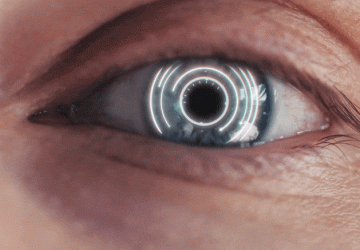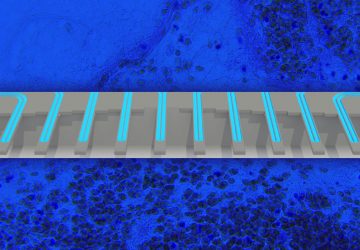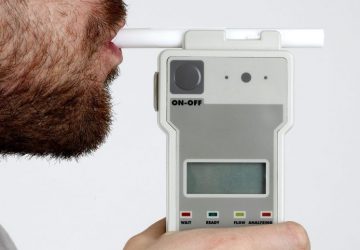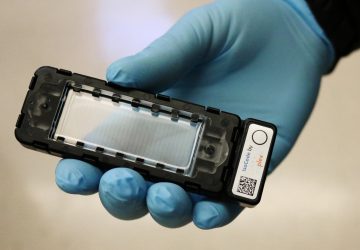Engineered bacteria are being deployed to treat everything from autoimmune disease and metabolic disorder to diabetes and cancer. But once ingested or injected, it can be hard to know whether these “living medicines” are reaching their desired locations inside the body. A new technique, described today in Nature, could allow clinicians to track therapeutic microbes with nothing more than an ultrasound detector—the same device already used routinely in medicine to…
Read MoreFresh insights into a giant protein could improve heart health
Titin is the largest protein circulating throughout the human body, and it plays a key role in helping muscles function properly—especially in the heart. Now an international team of researchers has discovered a new mechanism that regulates this protein. The insights could help improve the understanding of the many disease processes that damage the heart. The titin protein is like a “molecular spring” that governs how muscle cells contract in…
Read MoreNanoscale virus modified to deliver peptide drugs to cells, tissues
Fig : Rice University bioengineers have developed programmable adeno-associated viruses by modifying one of three proteins that assemble into a tough shell called a capsid. In this illustration, blue subunits in the capsid represent the protein VP3 and green subunits represent a truncated mutant of VP2. From top to bottom: a VP3-only capsid that does not display any peptides; a mosaic capsid with a majority of VP3 and small amount…
Read MoreWith these special bacteria, a broccoli a day can keep the cancer doctor away
Mouse fed with the engineered microbe and a cruciferous vegetable-rich diet. Credit: Dr. Chun-Loong Ho Colorectal cancer is one of the most common cancers in the world, especially the developed world. Although the 5-year survival rates for earlier stages of this cancer are relatively good, at later stages survival goes down and the risk of cancer recurrence goes up considerably. To help address this problem, a team of researchers in…
Read MoreGene therapy temporarily reverses diabetes in mice
The Dec. 19 FDA approval of Spark Therapeutics’ gene therapy to treat a rare form of inherited blindness has energized ongoing efforts to find new ways of repairing faulty genes or cells in multiple diseases—including diabetes. Today scientists at the University of Pittsburgh School of Medicine announced significant progress in their efforts to use gene therapy to reverse diabetes. Type 1 diabetes occurs when the immune system mistakenly destroys insulin-producing…
Read MoreNew paper could put CRISPR biotechs under pressure
A new journal paper published late last week revealed that a “cutting” element of the CRISPR-Cas9 gene-editing technique could be under threat from the body’s own immune system. The paper, published on bioRxiv, saw researchers undertake blood tests on a few dozen people and found that: “The presence of pre-existing adaptive immune responses in humans to either Cas9 homolog may hinder the safe and efficacious use of the Cas9/gRNA system…
Read MoreBioengineers mimic natural development to create complex living tissues
The field of tissue engineering has advanced to the point where bioengineers can use 3D printing to grow human tissues like bone and muscle. But these structures often lack the complexity of real human tissues. So scientists at the University of California in San Francisco are trying a different method: They’re recreating early development, then leaving it up to cells to fold themselves into the necessary structures. Reporting in the…
Read MoreUsing CRISPR to prevent hearing loss
About half of all cases of deafness are caused by genetic defects. So it’s no surprise that the emerging gene-editing technique CRISPR-Cas9 is being examined closely for its potential to prevent hearing loss in people who inherit those genes. Scientists at the Howard Hughes Medical Institute are among those looking to deploy CRISPR in genetic deafness—and they have their first evidence that their technique may hold promise. In the journal…
Read MoreNew molecular printing technology could recreate complex chemical environments that resemble the human body
New patterning technology which could open opportunities to recreate complex biological environments has been developed by researchers at Queen Mary University of London (QMUL). ‘3DEAL’ is a simple and inexpensive fabrication technique able to generate complex molecular patterns within soft matter, such as hydrogels, with microscale resolution and up to centimetres in depth. This capacity enables the possibility to engineer 3D hydrogel environments with spatial control of the chemical composition,…
Read MoreDrug resistance: WHO report ‘serious lack of new antibiotics’
A new report from the World Health Organization confirms that, worryingly, there are now limited treatment options for some of the most common drug-resistant infections, which highlights the desperate need for new antibiotics. But despite this need, the report reveals that there are very few antibiotics in development that could effectively combat drug resistance. “Pharmaceutical companies and researchers must urgently focus on new antibiotics against certain types of extremely serious infections…
Read More
